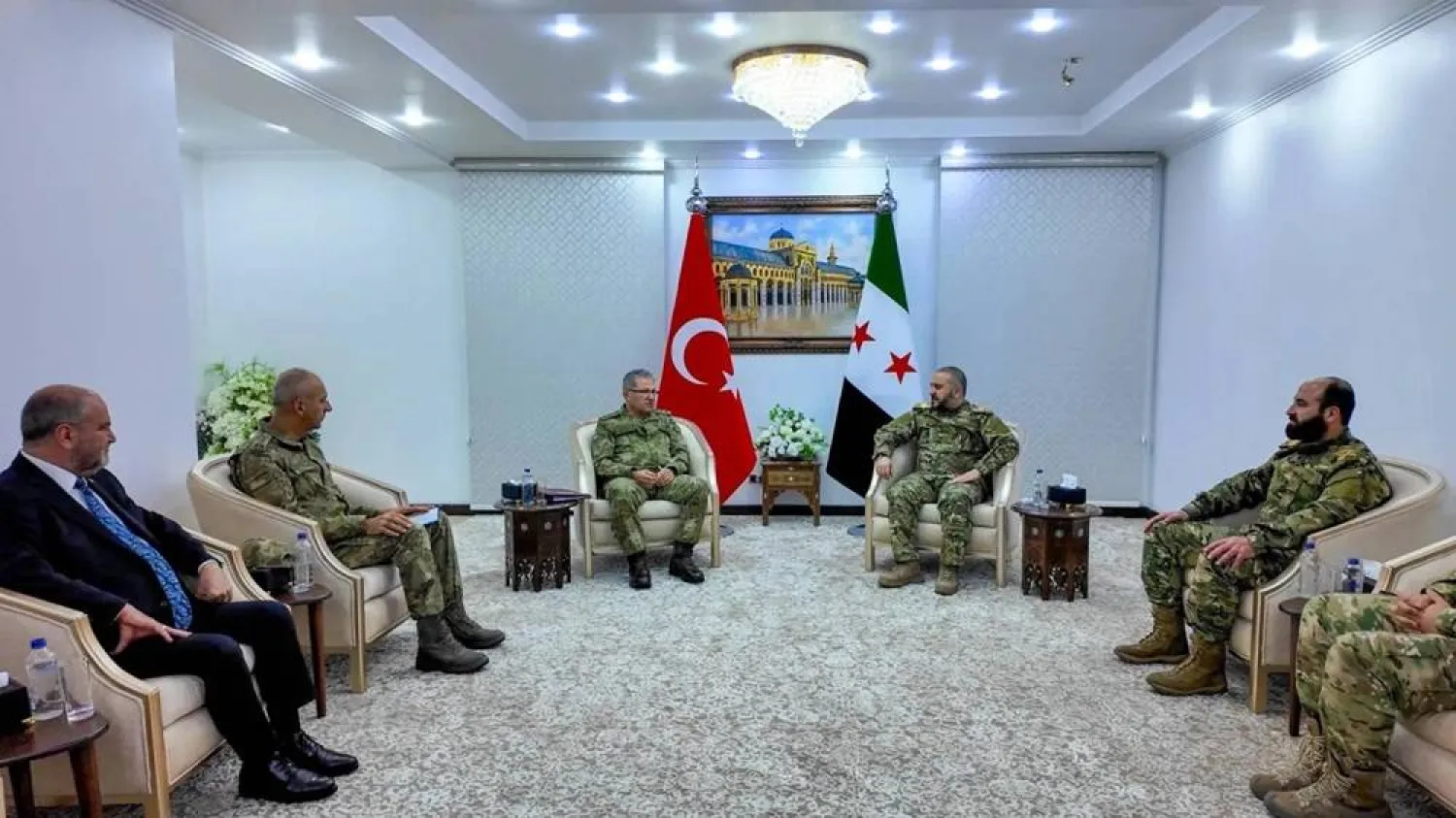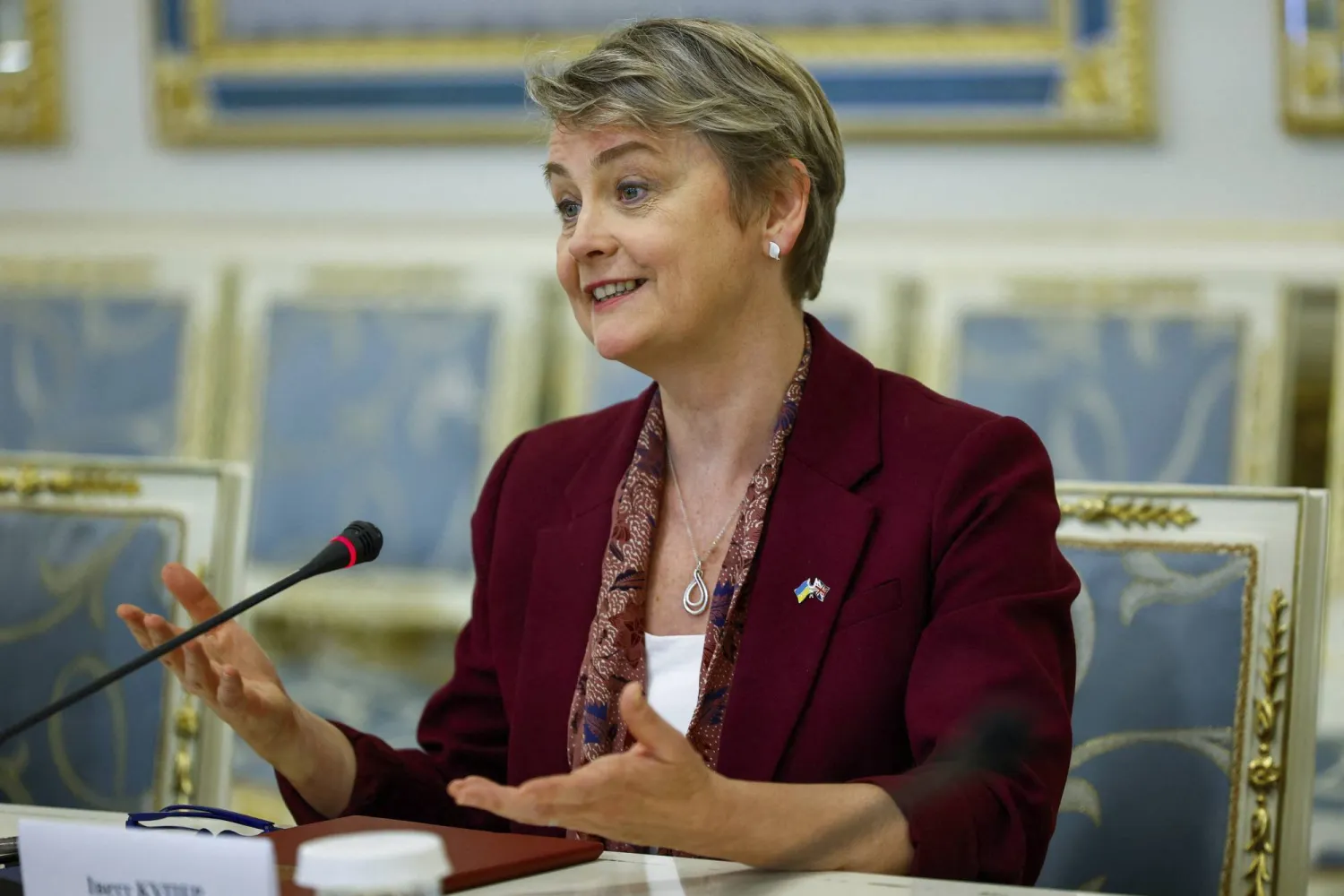Turkish President Recep Tayyip Erdogan revealed that Russian President Vladimir Putin had welcomed his call to hold a tripartite meeting with Syrian President Bashar al-Assad.
Addressing journalists on his return from Turkmenistan, where he participated in the first tripartite meeting of the presidents of Türkiye, Azerbaijan and Turkmenistan, Erdogan said: “I offered Putin a tripartite meeting between the presidents of Türkiye, Russia and Syria…”
“First our intelligence agencies, then defense ministers, and then foreign ministers (of the three countries) could meet. After their meetings we as the leaders may come together. I offered it to Mr. Putin and he has a positive view on it,” Erdogan was cited as saying.
In earlier remarks on Tuesday, Erdogan said that he had asked the Russian president to make “joint steps” in northern Syria.
Turkish Foreign Minister Mevlut Cavusoglu said two days ago that Ankara was ready to work with the Syrian regime and restore relations with it, and that the intelligence services have been maintaining their contacts with it for some time.
He added: “If the regime acts realistically, we are ready to work together on combatting terrorism, the political process, and the return of the Syrians.”
On Thursday, the Turkish forces resumed joint patrols in Syria with their Russian counterparts. A joint patrol was conducted in the countryside of Darbasiyah and Amuda, north of Hasakah.
Meanwhile, five vehicles of the US forces, accompanied by another belonging to Al-Qasd forces, conducted a tour on Wednesday to inspect sites that had been under air and artillery bombardment by the Turkish forces and their loyal factions, during the operation Claw-Sword.
The Syrian Observatory for Human Rights (SOHR) noted that the Internal Security Forces (Asayish), affiliated with the SDF, have re-positioned within the points and locations that they had abandoned during the Turkish operation.
These points are located opposite the areas of Operation Peace Spring, which are under the control of the Turkish forces and the factions known as the pro-Turkish Syrian National Army, between the towns of Tal Tamr and Abu Rasin, northwest of Al-Hasakah.









